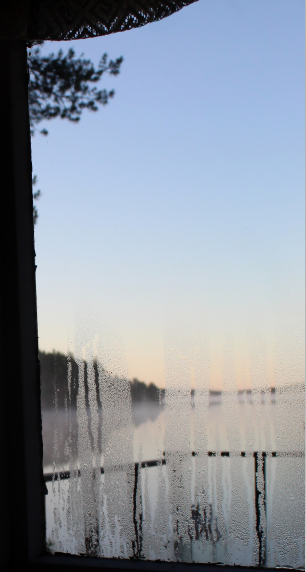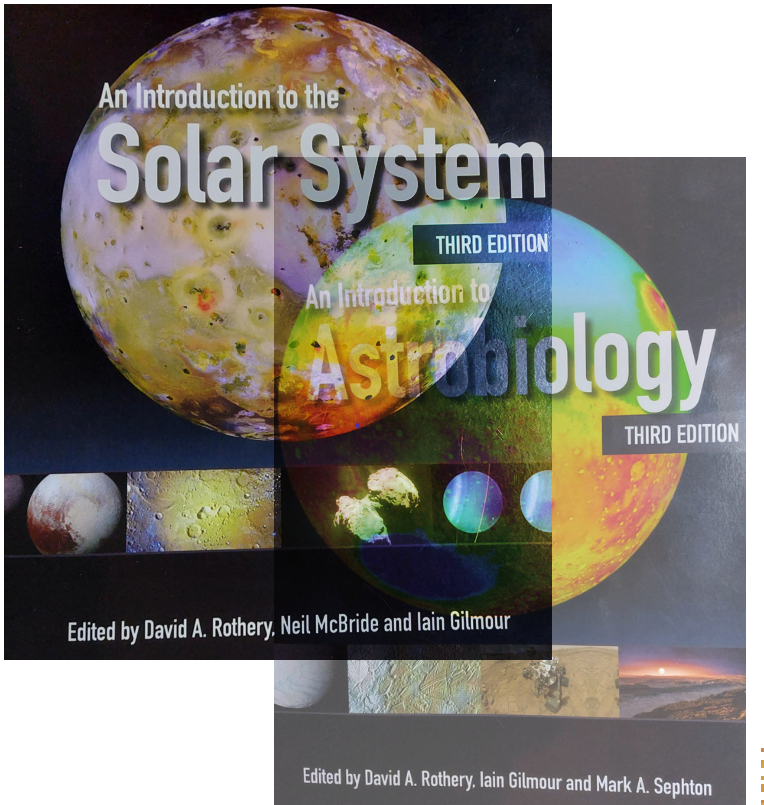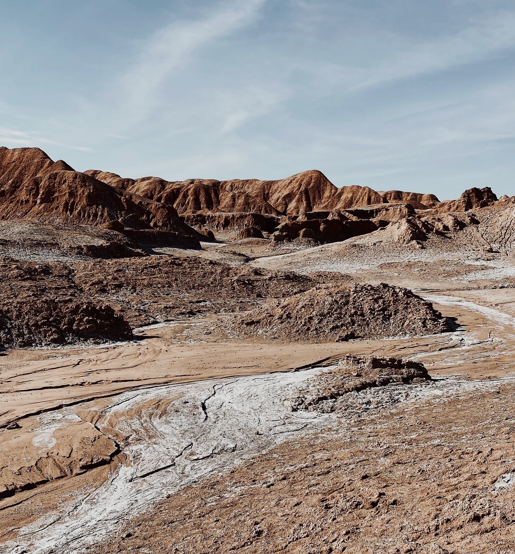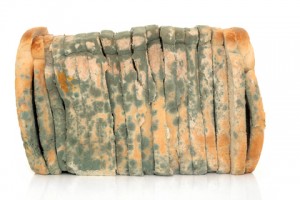On October 4th somebody from my past got in touch through LinkedIn. We used to work at Delta Biotechnology in Nottingham, didn’t really know each other that well and not had any contact since about 1990. After exchanging messages, a few weeks later I asked my newly reintroduced contact if there was any topic on moisture he would like to see written as an article. That has led me to write this today because something that is interesting for one person is probably relevant and worth writing about for other people.

Before I get started on the topic, let me introduce Michael Geisow, a protein chemist who has reinvented himself as an author. Michael’s first novel is a modern psychological drama around social networking and artificial intelligence: a data expert, a healthcare evangelist, a dodgy psychologist and others including the devious Tuula Pippi. Available on Amazon.

The first thing Michael asked about was condensation on the outside of double glazed windows but dry inside. An easy one really and it’s all about temperature. Condensation like this occurs when high humidity air immediately above the glass surface is cooled taking the relative humidity to 100%. At this point water vapour in the air turns to liquid and forms droplets on the glass. Warmer air around the inner glass pane of the double glazing keeps the moisture in the air as a gas.
Michael’s second question on condensation is trickier. He described outside balustrade panels only having condensation on one side even though both sides are exposed to the same air conditions. I can see his scientific brain at work on this question. Something does not add up! No easy answer this time without further investigation. One unlikely possibility is that one side of the panels is warmer for some reason, but in the open air, natural circulation should be redistributing the temperature. Balustrade panels are made with reinforced glass for safety reasons. Perhaps one side of the glass is coated preventing water droplets forming. Even though a very thin layer of moisture will be present on the coated side, from casual observation, condensation on the other side will be all that is seen. A case where more information is needed to solve this one.
A day later after the condensation questions arrived, a question from Michael about looking for moisture on other planets. I’m not quite sure what Michael had in mind, but this gives me an opportunity to talk about life on other planets and their moons.

Starting in Autumn 2020 I signed up for the Open University course S283 Planetary science and the search for life. The course was split into two parts, one on our Solar System and the other on Astrobiology. I thoroughly enjoyed the whole experience even when having to attend online tutorials and complete assignments that were continuously assessed.
Moisture is present in vast quantities throughout our Solar System. Space scientists and astrobiologists generally work from what we understand about our Earth. Life in the form of microorganisms is found in the most extreme conditions on Earth. Logically we use our planet as a model system to look for life on other planets and moons in our Solar System. One of the driest places on Earth is the Atacama Desert in Chile.
Microbiologists have studied the bacteria and fungi from this region since the 1960’s. But in 2003, NASA published a paper describing Atacama as a model for Mars. That kicked off intense interest in engineering and scientific activity to mimic how to perform tests on the Martian terrain. Let’s start with “Is there water on Mars?” Pictures from the Mars missions compared to geographical features on Earth, indicate strongly that liquid water once flowed on the surface of Mars. Features that look just like riverbeds and erosion by water. We know for sure that water in the form of ice sits at the North and South poles of Mars. Also, there may be water deep underground. Future missions are planned to provide some answers.

As far As far as we know, water is a prerequisite for life. On Earth no life exists that does not rely on water. Back to the arid Atacama Desert. Engineers and scientists have designed machines and testing techniques to detect the presence of microbes in this desolate part of our world. The technology will be placed on board Mars missions and the data from the tests will be beamed back to Earth.
Related to this is a fact that has been known for many years. Microbes do not grow when the relative humidity of the air gets below 60%. In my eBook A Wetter Look At Climate Change and the section related to food, there is a table that shows the lowest %RH for the organisms is 61%. Recent studies on the microbes from Atacama and other arid parts of our planet have shown that there appears to be an absolute limit of 60.5 %RH for growth. For example, a paper published in 2014 with the title: Multiplication of microbes below 0.690 water activity: implications for terrestrial and extraterrestrial life and written as an international collaboration. One of the groups is the Institute for Global Food Security, School of Biological Sciences, Queen’s University Belfast and another is the UK Centre for Astrobiology, School of Physics and Astronomy, University of Edinburgh. So, you can see how things are interrelated. The other co-authors come from NASA, Germany, The Netherlands Italy and France. By the way, you have to multiply the “water activity” in the title of the paper by 100 to get the %RH for growth.
Atacama gets less than 2mm annual rain and has an average %RH of 10, classifying this desert as the driest place on Earth. Fog drifting in from the coast and around the coastal range of mountains into the desert provides microbes with the necessary moisture to keep them alive. These highly specialised organisms live in rocks containing salt. The salt in the rocks attracts moisture that is scavenged by the microbes. The interaction between salt and moisture is also a section in my eBook.
I’ll finish this article with one of my ‘mad’ ideas! On board a future exploratory mission to Mars a humidifier-dehumidifier should be set up to adjust the %RH around soil samples. Based on what we know from Earth, exposing soil to above 60%RH should encourage any viable microbes to grow. A range of temperatures and relative humidity would be needed to discover the growth requirements of these organisms. Soil samples will need to be taken from depths below the Martian surface as Solar radiation has most likely destroyed any past living entity on the surface. Rock is a good shield against penetrating radiation.
Why is this simple idea ‘mad’? There are protocols in place for limiting risk of Why is this simple idea ‘mad’? There are protocols in place for limiting risk of contamination of extra-terrestrial bodies from space missions known as COSPAR which is a committee of scientists (Committee on Space Research). In Category IV, the second most stringent, covers a mission for “studying chemical evolution and/or origin of life, or for which scientific opinion provides a significant chance of contamination that could jeopardize a future biological experiment”. Perhaps transporting water, even though sterile, and encouraging growth of microbes is against the protocol.
The idea is so simple that it must have been thought about, yes?
I write about how humidity and moisture effects everything around us. If you would like to hear more on the impact of moisture, various topics on moisture and humidity are discussed in my eBook “A Wetter Look At Climate Change”.

